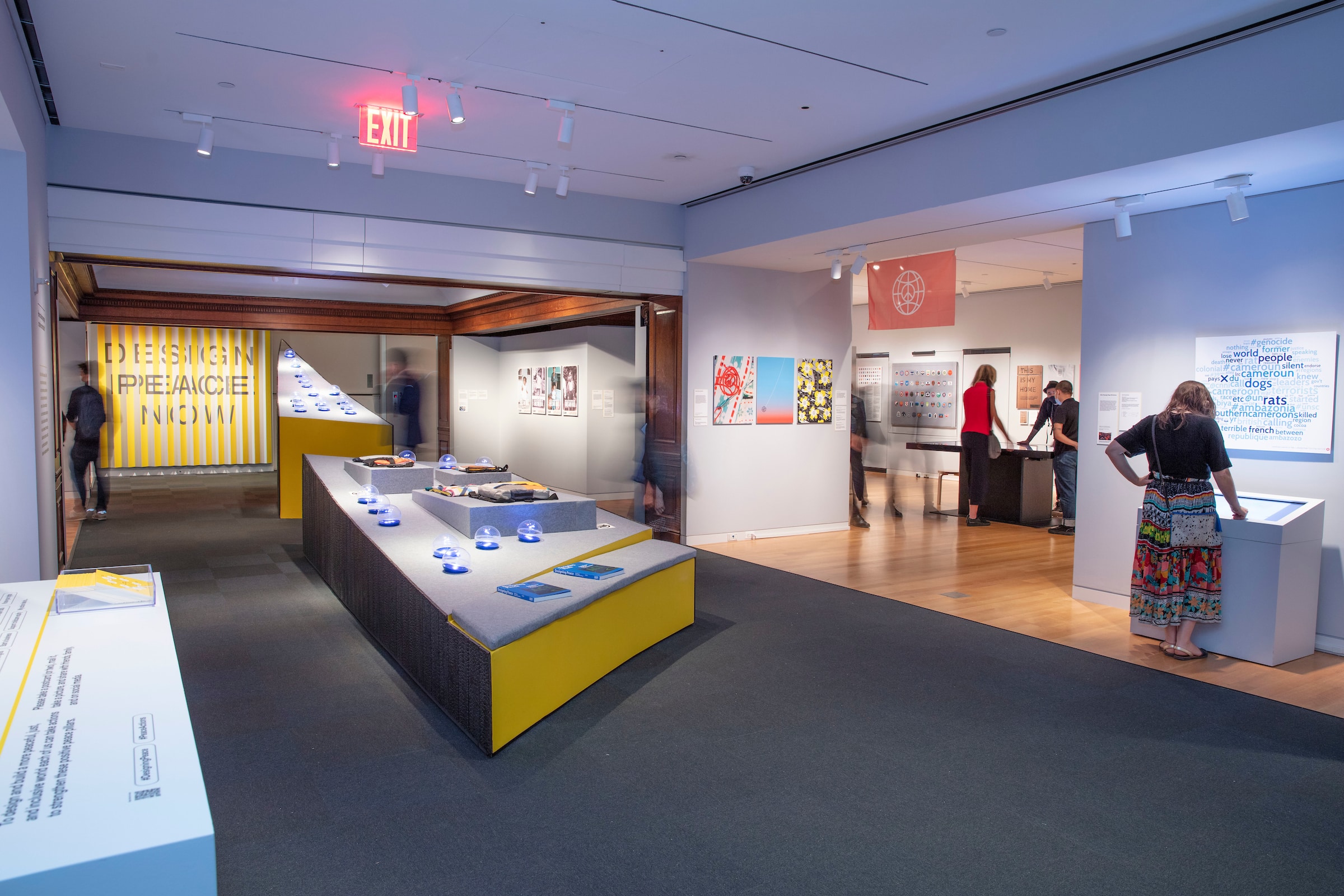The way in which we design our world through words, buildings and relationships deeply impacts the way in which peace can be actualised. Through IEP’s eight Pillars of Positive Peace the Cooper Hewitt, Smithsonian Design Museum has brought together a variety of design perspectives on pursuing Positive Peace.
‘Designing Peace’ is the fourth exhibition in a ground-breaking humanitarian design series curated by Cooper Hewitt. The exhibition features design projects from around the world and explores numerous ways designers respond to division and conflict, as well as engage individuals, communities, peace builders and peace keepers to create a more sustainable peace while challenging the status quo.

Cynthia Smith, the Curator of Socially Responsible Design for Cooper Hewitt, has selected a variety of projects which show how peace can be activated in creative ways throughout the world. Her extensive background in industrial design and human rights advocacy is evident in the composition of this exhibition, which features designers from developing and war-affected nations to highlight the value of diversity of ideas in design and peacebuilding.
Smith explains that “peacebuilding and design are dynamic processes which involve engagement, understanding context, trust building, communication and iteration. This exhibition will explore the role of design in building peace and resilience – and proposes that peace is not abstract and remote but can be local, tangible and even possible.”

The exhibition includes well-known pieces such as Rael San Fratello’s Teeter-Totter Wall, three pink seesaws which appeared on the politically-divisive border between Mexico and the USA and allowed people on each side of the border to interact in a positive way. This encourages members of each community to improve their relationships with one another, one of the eight Pillars of Positive Peace.
The exhibition also features more direct initiatives such as HarassMap. HarassMap is a crowd-mapped, anonymous data-sharing platform developed by four women who began to research the prevalence of sexual harassment against Egyptian women. They started this initiative as not only a means for changing the social commentary around harassment, but also to encourage women to speak up about their experiences. This not only supports basic human rights, but also encourages the acceptance of the rights of others across society, strengthening a Pillar of Positive Peace.
This exhibition will run until September 2023 and is accessible both in person at the Cooper Hewitt, Smithsonian Design Museum in New York, as well as the digital exhibition available on the Cooper Hewitt website.